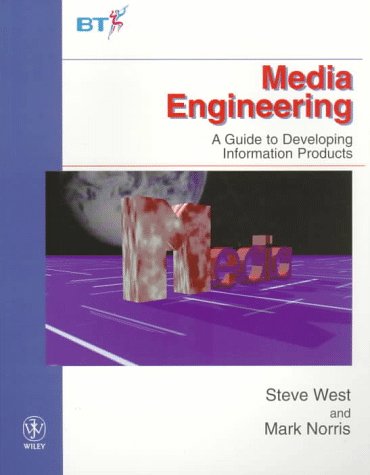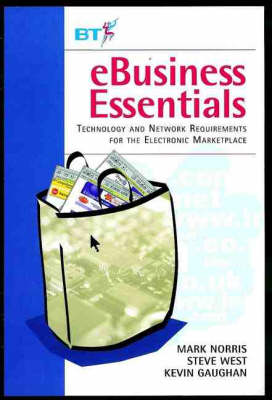Wiley-BT S.
3 total works
Total Area Networking ATM,IP, Frame Relay and SMDS Explained Second Edition John Atkins and Mark Norris BT, UK Total Area Networking explains how high-speed communications allow local facilities to become part of a more global network. This concept is the essential basis for super-connectivity, when the user sees a distributed set of network-based resources as one. This fully updated second edition of the highly successful Total Area Networking has been extended to include IP networks and now covers both network technology and its applications. It illustrates the practical implementation of a total area network using the principles developed for Intelligent Networks, Intranets and Virtual Private Networks. Main topics include ATM (Asynchronous Transfer Mode), IP (Internet Protocol), Frame Relay and SMDS (Switched Multi-magabit Data Service). Covers the whole spectrum of communications technology, from theory to implementation. Provides a clear understanding of what new technology can do and how it can best be deployed. Allows the non-expert to question both accurately and indepth.
Essential reading for a wide ranging audience, including professionals involved in the planning and implementation of information systems, undergraduate and postgraduate students of computer science, electrical engineering and telecommunications.
Essential reading for a wide ranging audience, including professionals involved in the planning and implementation of information systems, undergraduate and postgraduate students of computer science, electrical engineering and telecommunications.
Drawing on the authors' involvement with Encarta, the "ground-breaking" electronic encyclopedia, this book explains how to go about building volumes of assorted information into a coherent resource for wide ranges of users. There are many examples of information systems that allow the user to discover what they need to know, about subjects as diverse as dinosaurs and distributed computing, systematically and intuitively, and even more that don't. The basic thesis of the book is that the core problems of designing multimedia information are amenable to the same concepts and disciplines that have been devised in software engineering. Furthermore it is not the technology of multimedia (CD-ROM, Internet etc.) but the systematic structuring of information that really matters. This concept provides the focus for the problem-solving approach of the text.
Exploring the emerging world of e-business, a global and real-time activity, the authors of this book focus on the hardware, software and networks that are needed to connect a community of interest and allow them to share information. The book considers, in detail, the specialized software used for payments (billing, charging, invoicing, account management), security (authorization, authentication, privacy, data integrity and audit) and service support (problem management, configuration control). It examines the flow of orders, fulfillment and payments, showing how various players cooperate to provide an end product or service to the consumer and looking at the methods of establishing a virtual market. The book also includes an account of the development of standards for electronic trading (notably EDI), the spread of a network over which electronic trading was viable (the Internet) and the development of a ubiquitous means of sharing Web information (Web technology).


